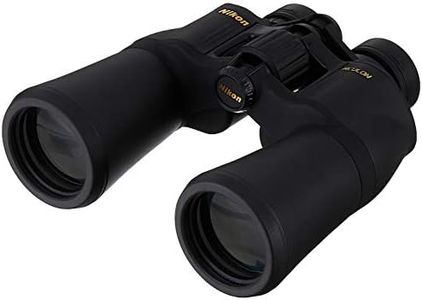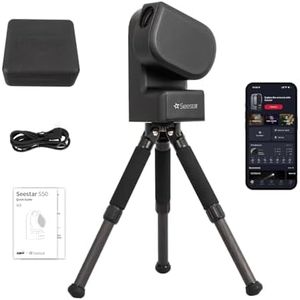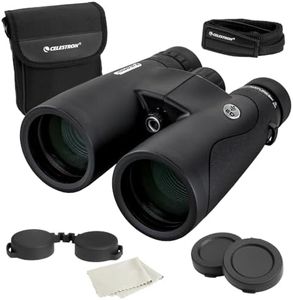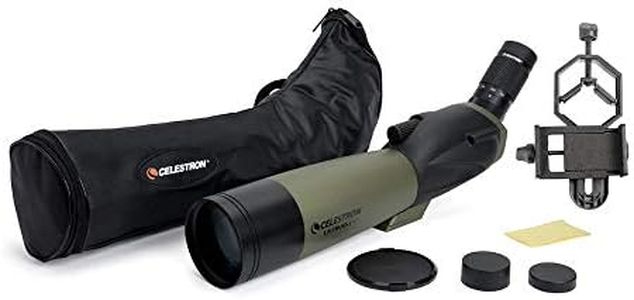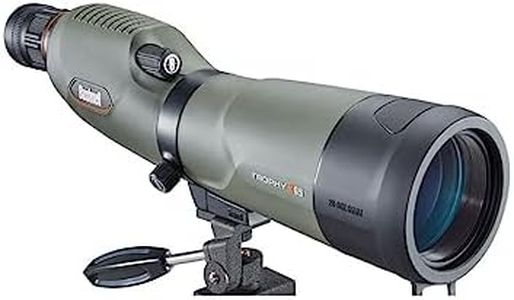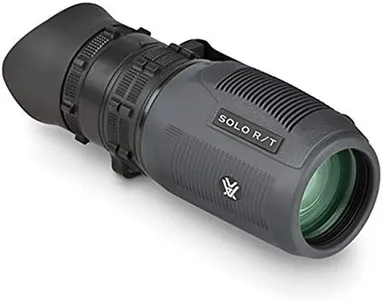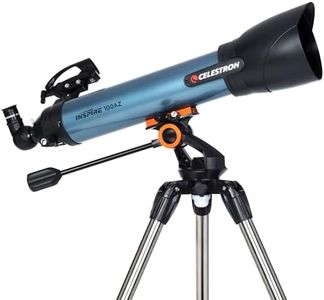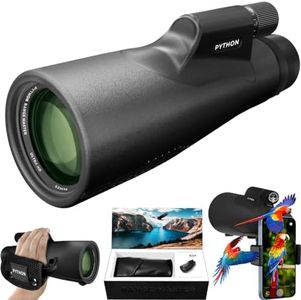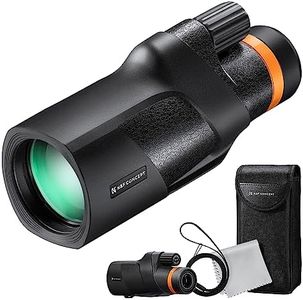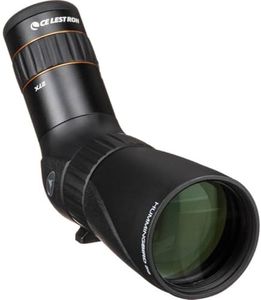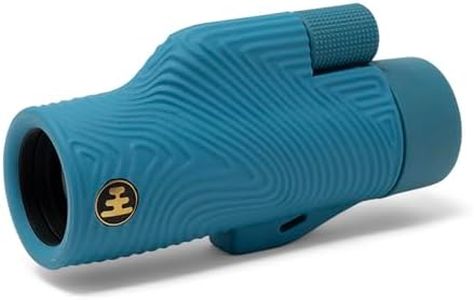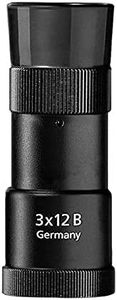We Use CookiesWe use cookies to enhance the security, performance,
functionality and for analytical and promotional activities. By continuing to browse this site you
are agreeing to our privacy policy
10 Best Telescope For Birds
From leading brands and best sellers available on the web.Buying Guide for the Best Telescope For Birds
Choosing a telescope for birdwatching is a wonderful way to get closer to nature and see details that are impossible with the naked eye. Unlike telescopes for astronomy, telescopes for birding, often called spotting scopes, are designed for daytime use and focus more on clarity, portability, and ease of use. To make the right choice, it's essential to think about where, when, and how you plan to watch birds, as your needs will determine which features matter most. Before purchasing, consider how you'll transport and use your telescope, and think about the environments you enjoy birdwatching in—whether that's local parks, forests, or wetlands.MagnificationMagnification refers to how many times closer the telescope makes an object appear compared to your naked eye. For birdwatching, magnification is important because it helps you see distant birds in greater detail. Most spotting scopes offer variable magnification, often ranging from 15x to 60x. The lower end of this range (15x-30x) is best for tracking moving birds and gives a wider field of view, making it easier to find your subject. Higher magnifications (40x-60x) are used to observe stationary birds or distant subjects, but can make the image shakier and more affected by heat waves or atmospheric disturbances. For most birders, a balance around 20x-40x is ideal, but it depends on how steady you can hold the scope and how far away your typical subjects are.
Objective Lens DiameterThe objective lens is the large lens at the front of the telescope, and its diameter (measured in millimeters) determines how much light the scope gathers. More light means brighter and clearer images, especially in dim conditions like early morning or late afternoon. Smaller objective lenses (50-60mm) make the scope lighter and easier to carry, while larger ones (70-80mm or more) provide brighter views, especially at higher magnifications. Choose a lens size based on your priorities—if you need a lightweight, portable scope for hikes, go smaller; if you care most about maximum brightness and clarity, especially at distance or in low light, opt for a larger lens.
Field of ViewField of view tells you how wide an area you can see through the telescope at a particular distance. A wide field of view makes it easier to locate and follow birds, especially when they're in motion or in dense foliage. Lower magnification gives you a broader field, while higher magnification narrows it. If you mainly observe fast-moving or groups of birds, or just want to scan wide landscapes, look for a scope with a wider field of view. If your birdwatching focuses on slow-moving, perched birds, field of view will be less critical.
Close Focus DistanceClose focus distance is the shortest distance at which the telescope can provide a sharp image. This spec is useful if you want to observe birds or wildlife that can come quite close, like those at feeders or in your backyard. If you plan to use your scope both for distant and nearby viewing, look for a model with a shorter close focus distance, usually under 5 meters. If close-up viewing isn’t a priority, this spec can be less important for you.
Eye ReliefEye relief measures how far your eye can be from the eyepiece while still seeing the full image, which matters a lot if you wear glasses. Longer eye relief (15mm or more) is more comfortable, reduces eye strain, and is essential for glasses wearers so they can see the whole field of view. If you wear glasses, or plan on long birdwatching sessions, prioritize longer eye relief.
Straight vs. Angled EyepieceSpotting scopes come with either straight or angled eyepieces. Straight eyepieces are simpler to use when quickly aiming at birds or tracking moving subjects at eye level, whereas angled eyepieces are more comfortable for prolonged viewing or when sharing the scope with people of different heights, as they allow for easier adjustments. If you mainly birdwatch standing up, straight scopes may be more natural. If you spend time seated or share your scope, angled eyepieces might offer more comfort.
Durability & WeatherproofingSince birdwatching often takes place outside, it’s important that your telescope can handle occasional bumps, rain, or dust. Durable scopes with rubber armor protect against drops, while models labeled waterproof and fog-proof will keep working when the weather isn’t perfect. For frequent or adventurous birders, especially in wet or varied climates, these features are essential. If you birdwatch mostly in dry, mild conditions, a less rugged design might suffice.
PortabilityPortability includes size, weight, and how easily you can carry and set up your scope. Lightweight, compact scopes are easier to hike with and set up quickly, while larger scopes can be heavier and may require a sturdier tripod. Analyze the environments where you birdwatch—if you hike long distances or travel frequently, prioritize compact and lightweight options. If you mostly birdwatch from a fixed spot, size and weight may be less important.
Tripod CompatibilityA stable tripod is necessary for steady views, especially at higher magnifications. Most spotting scopes attach to standard tripods, but compatibility with your preferred tripod—in terms of mounting style and weight capacity—should be considered. If you already have a tripod, check that the scope fits securely. If you’ll be moving around, a lightweight tripod is helpful; for stationary use, a solid, heavier tripod will give a steadier image.
